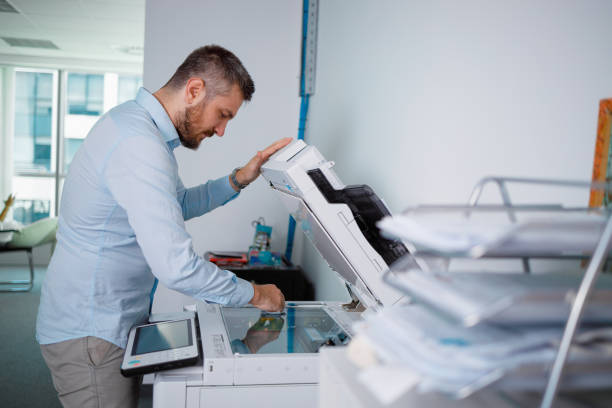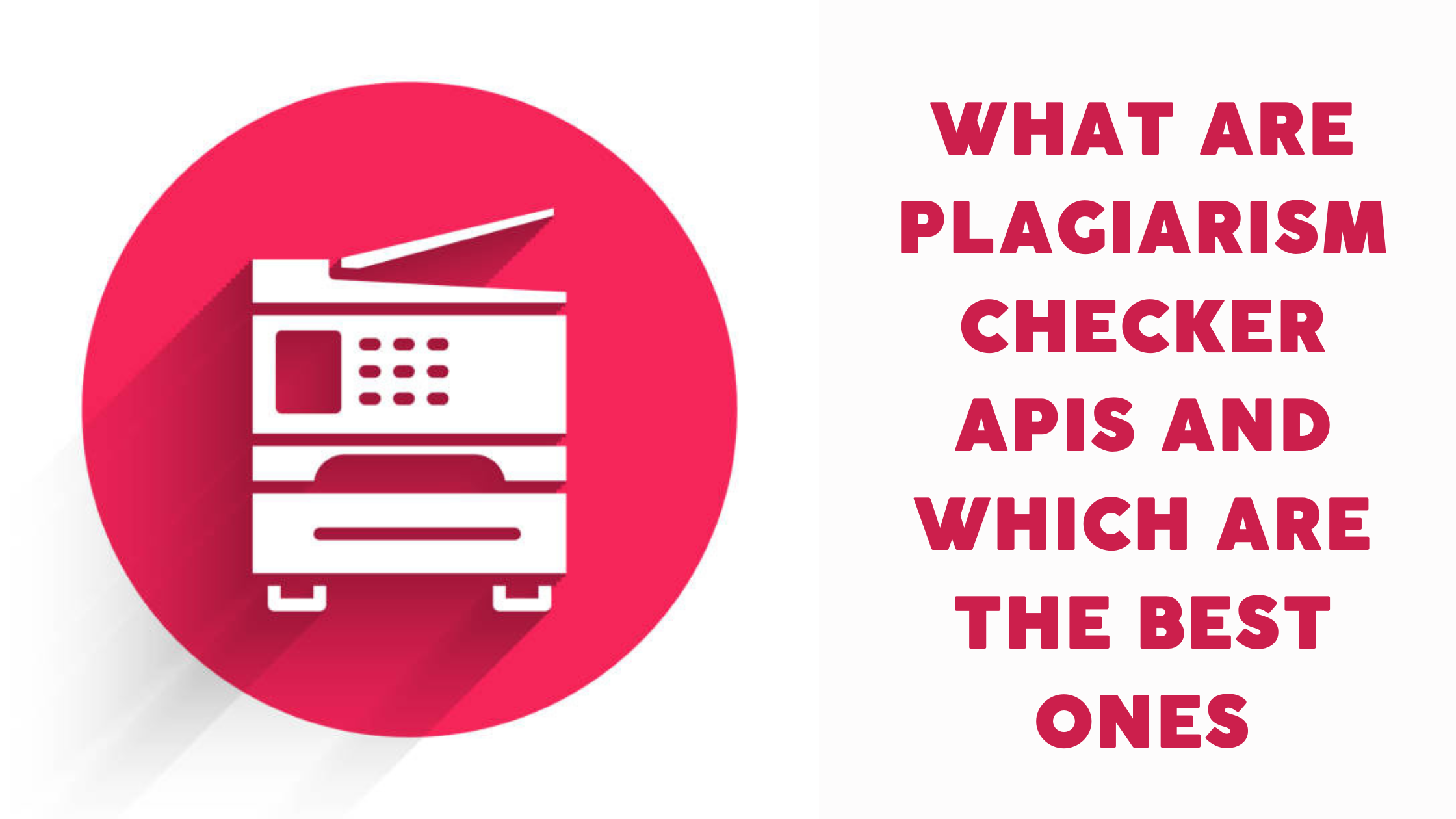You need to check some plagiarism? Use these three options of plagiarism detector!
The RAE defines plagiarism as the act of taking another author’s concept or literary, artistic, or scientific work and passing it off as one’s own. Plagiarism is the act of taking another person’s words, ideas, or works as your own without giving due credit to the original author. The act of disclosing, publishing, and reproducing a work under the false identity of the genuine author violates that author’s moral and patrimonial rights since his authorship is usurped and his financial interests are cheated.
The following attributes describe it:
– Unauthorized entire or partial duplication of another person’s work
– Presentation of the duplication as the author’s own original work.

You may use the following techniques to prevent plagiarism:
– Quotations: A phrase or a paragraph can be quoted verbatim, but I must enclose the text in quotation marks, place it in italics, or use another form of letter, and cite the source with a full bibliographical reference. You may use any particular information that is not generally known, including facts, figures, statistics, hypotheses, and ideas that have been put out by others.
– Full bibliographical reference to the original source from which I have extracted the ideas must be included when I utilize someone else’s ideas in my own words or in my own style of expression. To achieve this, carefully study the original material, highlight the approach’s gist, and then translate it into your own words. You can perform the following to do this: Use general language, substitute words for specific ones, switch from the active to the passive voice, alter sentence construction, turn paragraphs into sentences, and alter different sections of the text.
– Identify your sources, including any written, spoken, or video works (or portions of them), as well as any pictures, photos, or other visual materials you used in your work. You can use the citation style that is advised for each topic area or the one that the publication specifies (APA, MLA, Vancouver, etc.)
More and more people are using plagiarism detection software, some of which are licensed and others of which are without cost:
Plagiarism Checker
Zyla Labs program called Plagiarism Checker makes it possible to find out whether or not an article contains copied text. It ensures that none of the content in your articles has been previously published. In essence, you can determine whether a piece of writing contains any plagiarism and ensure that none of your own pieces contain previously written material. With the help of this API, you may design a detector that provides results right away or a real-time plagiarism checker. For writers who wish to ensure that their blogs or articles are not accused of plagiarism, this API is ideal.

You should also check to see if any of your content creators are utilizing the same wording to make sure that every published item is entirely original examples from different websites. You should also look for instances where language from your own blogs or articles has been used in web pieces.
CopyLeaks
Any company may easily incorporate our plagiarism detection technology into their own platform thanks to Copyleaks‘ API solution. It is a quick, secure, and simple platform to use. Your company may examine authentic, related, and paraphrased material using the plagiarism detection API, and you can quickly and securely get comprehensive findings. The solution is entirely customized to your ecosystem and white-labeled under your brand.

Unicheck
Data from Unicheck syncs with your app very instantly. Simply register your URL and select the Webhooks you desire to achieve this. We’ll send you an email when something happens at that URL. No matter how many users are using the app, webhooks function. An all-inclusive solution for educational institutions to identify similarities, text alterations, and stop works from being written by other parties. accessible through the API or the LMS as a stand-alone solution.


